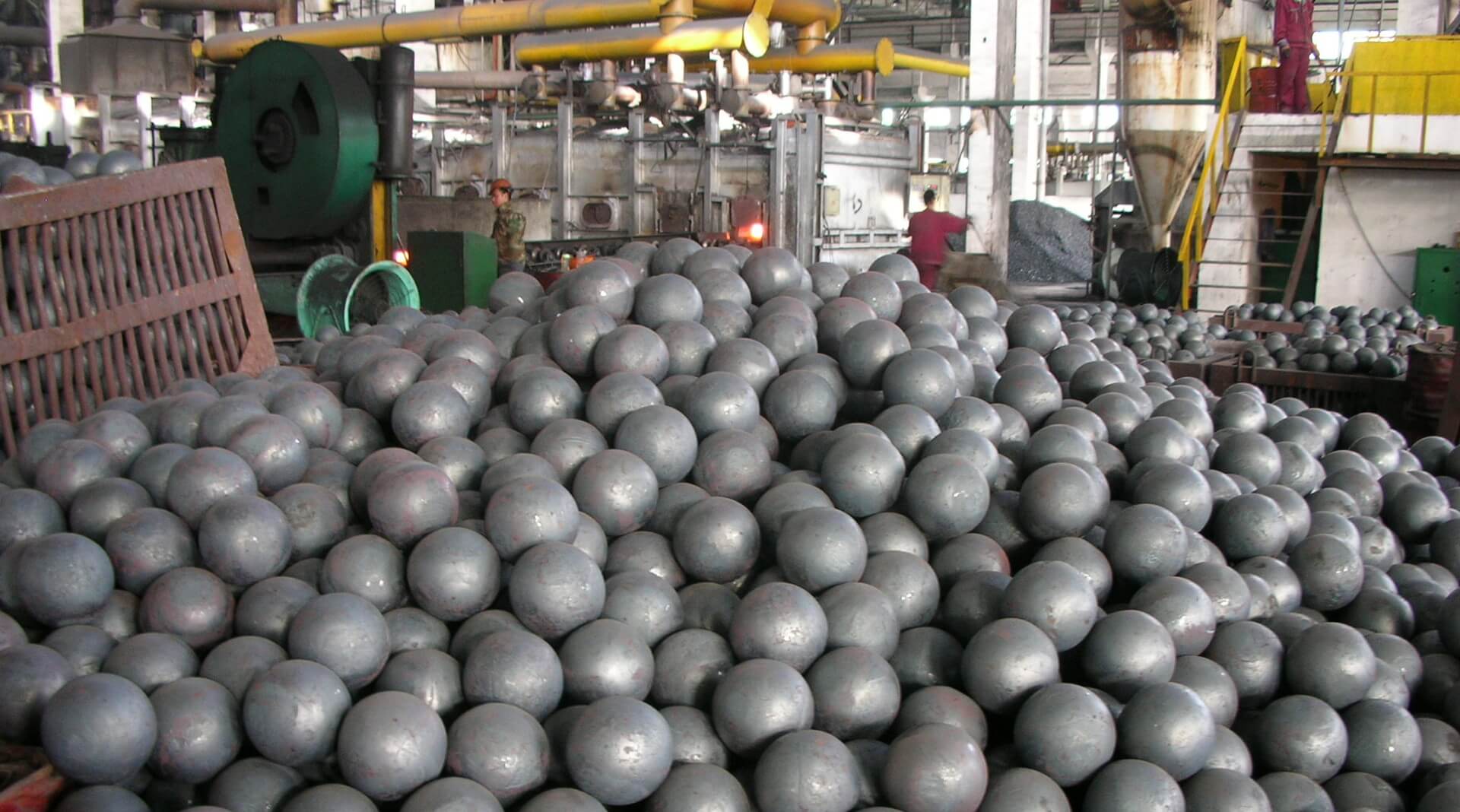The majority of grinding balls are forged carbon or alloy steels. Generally, they are spherical, but other shapes have been used. The choice of the top (or recharge) ball size can be made using empirical equations developed by Bond (1958) or Azzaroni (1984) or by using special batch-grinding tests interpreted in the content of population balance models (Lo and Herbst 1986). The effect of changes in ball size on specific selection functions has been found to be different for different materials. A ball size-correction method can be used along with the specific selection function scale-up method to determine the best ball size. To do this, a set of “ball size tests” are performed in a batch mill from which the specific selection function dependence on ball size can be determined. Then, the mill capacities used to produce desired product size can be predicted by simulation using the kinetic parameter corresponding to the different ball sizes.
The mill liners used are constructed from cast alloy steels, wear-resistant cast irons, or polymer (rubber) and polymer metal combinations. The mill liner shapes often recommended in new mills are double-wave liners when balls less than 2.5 in. are used and single-wave liners when larger balls are used. Replaceable metal lifter bars are sometimes used. End liners are usually ribbed or employ replaceable lifters.

![]()

